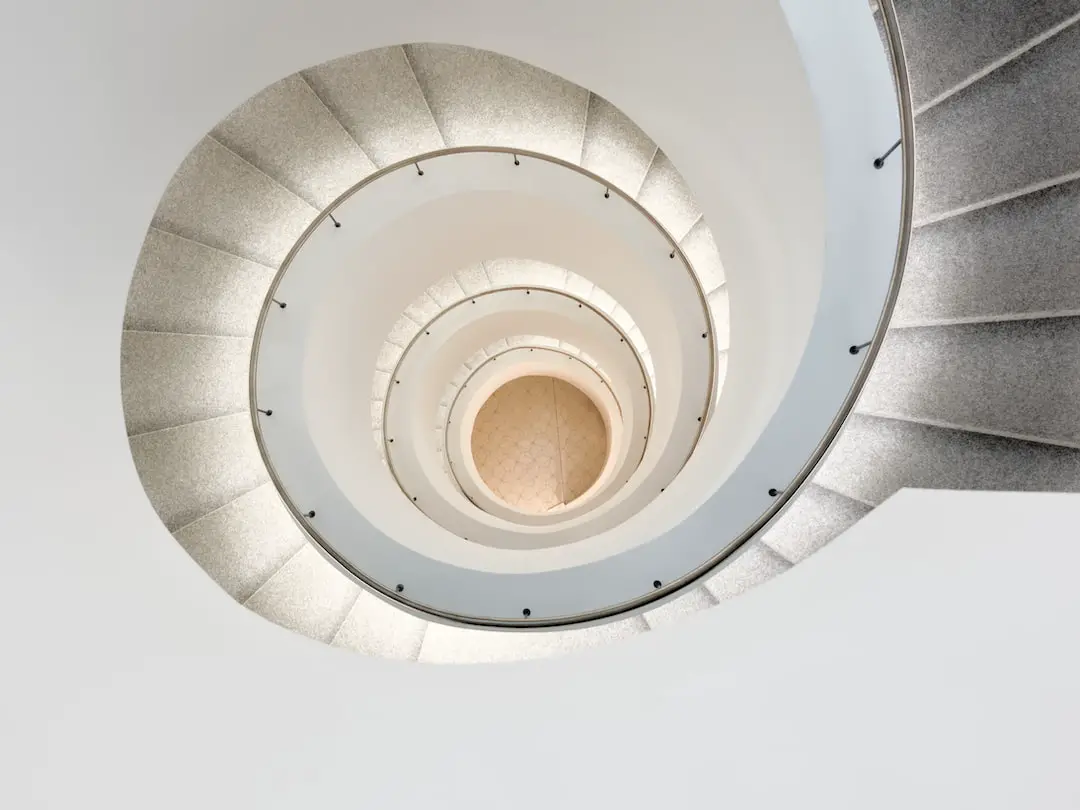
Nestled along the Southern California coast, Oxnard is a tapestry of architectural styles that tell the story of its rich history and cultural evolution. From the quaint Victorian homes to the sleek modern developments, the city’s buildings are a testament to the changing times and the people who’ve shaped them.
The Beginnings: Victorian and Craftsman Influences
Let’s turn back the clock to the late 1800s. Oxnard’s architectural journey began with structures that echoed the Victorian era. These homes, with their intricate woodwork and gabled roofs, were a sign of the times. The area’s prosperity, driven by agriculture, was reflected in the ornate details of these residences. As we moved into the early 20th century, the Craftsman style took hold. These homes, known for their handcrafted simplicity and use of local materials, still dot the neighborhoods, offering a cozy contrast to the grandeur of their Victorian predecessors.
The Mid-Century: Modernism Takes Hold
Fast forward to the post-war boom, and you’ll see a shift towards Modernism. The mid-century brought with it clean lines, open floor plans, and a connection to the outdoors. Architects of this era, inspired by the likes of Frank Lloyd Wright, designed homes that were both functional and beautiful. These structures, often characterized by their flat planes and large glass windows, allowed residents to soak in Oxnard’s sunny climate and stunning coastal views.
The Contemporary Scene: A Melting Pot of Styles
Today, Oxnard’s architecture is as diverse as its community. You’ll find Mediterranean-inspired villas next to minimalist contemporary homes. There’s a blend of Spanish Colonial revival buildings that pay homage to the city’s historical roots. Newer developments reflect the latest in sustainable design, with solar panels and green roofs becoming more prevalent. This eclectic mix not only showcases Oxnard’s growth but also its openness to innovation and change.
Preservation and Progress: Balancing the Old with the New
As we stroll through Oxnard’s streets, it’s clear that there’s a delicate balance between preserving the old and embracing the new. Historic landmarks, such as the Woolworth Building, stand proudly after restoration efforts. Meanwhile, newer constructions are carefully planned to complement the city’s aesthetic. It’s this respect for the past, coupled with a forward-thinking attitude, that makes Oxnard’s architectural landscape so unique.
FAQs
- What are some must-see examples of Oxnard’s architecture?
Don’t miss the Heritage Square, where beautifully restored Victorian and Craftsman homes offer a glimpse into the city’s past. The Pagoda House is another local gem, showcasing unique Asian-inspired architecture.
- How has Oxnard’s architecture been influenced by its cultural history?
Oxnard’s architecture is a reflection of its diverse cultural influences, from the Spanish Colonial styles that nod to its early settlers to the modern designs that mirror its contemporary melting pot.
- Are there any architectural tours available in Oxnard?
Yes, there are tours that highlight Oxnard’s historical homes and landmarks. These tours offer a deep dive into the city’s architectural evolution.
Conclusion
In conclusion, Oxnard’s architecture is a vibrant narrative of its past and present. From the charming Victorian homes that harken back to its agricultural boom to the sleek modern designs that look towards the future, the city’s buildings are a visual feast. They tell the story of a community that values its heritage while boldly moving forward. Whether you’re a history buff, an architecture enthusiast, or simply someone who appreciates beauty, Oxnard’s evolving landscape is sure to captivate.
For those seeking to understand the essence of Oxnard, a walk through its neighborhoods is a journey through time. Each architectural style serves as a marker of a particular era, a piece of a larger puzzle that, when pieced together, reveals the rich tapestry of Oxnard’s history. It’s this blend of preservation and progress that makes the city’s architecture stand out, ensuring that Oxnard will continue to be a place where the past is treasured and the future is embraced with open arms.